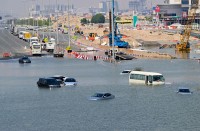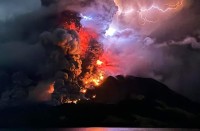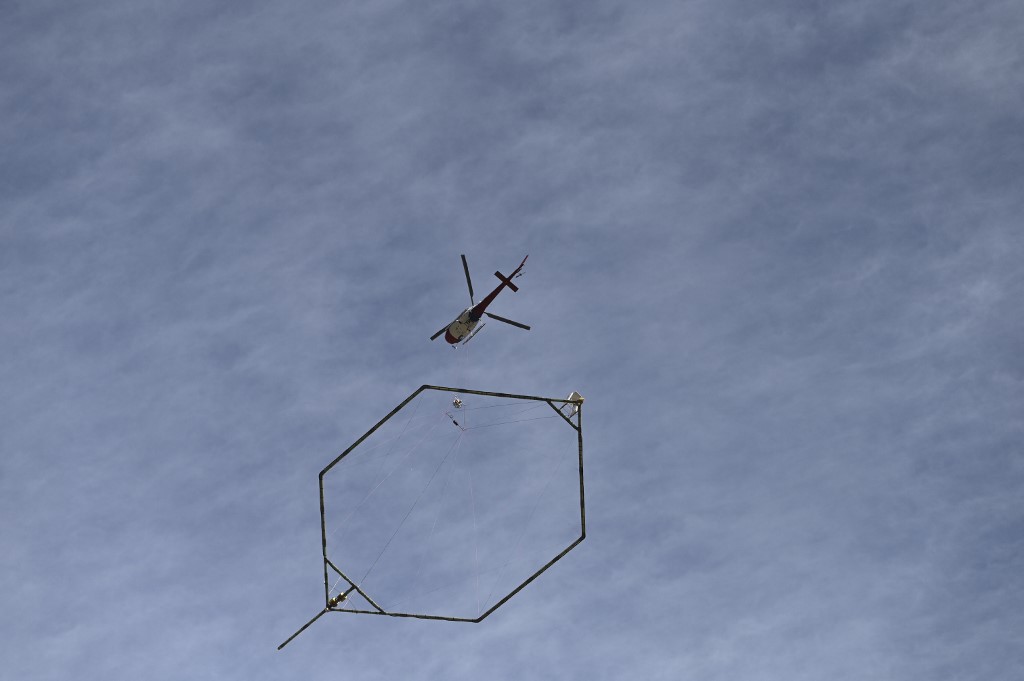
by Jalees ANDRABI
Agence France-Presse
INDIA (AFP) — Indian rescuers began drilling from above a debris-filled tunnel Thursday in a desperate bid to reach dozens of people missing since a flash flood likely caused by a breaking glacier four days earlier.
Workers have toiled night and day clearing rocks and mud from the tunnel at a damaged hydroelectric plant at Tapovan in Uttarakhand in northern India since Sunday’s disaster.
More than 170 people are missing elsewhere in the Himalayan state, slightly smaller than Switzerland, after the disaster. Because of the amount of debris, only 34 bodies have been recovered so far.
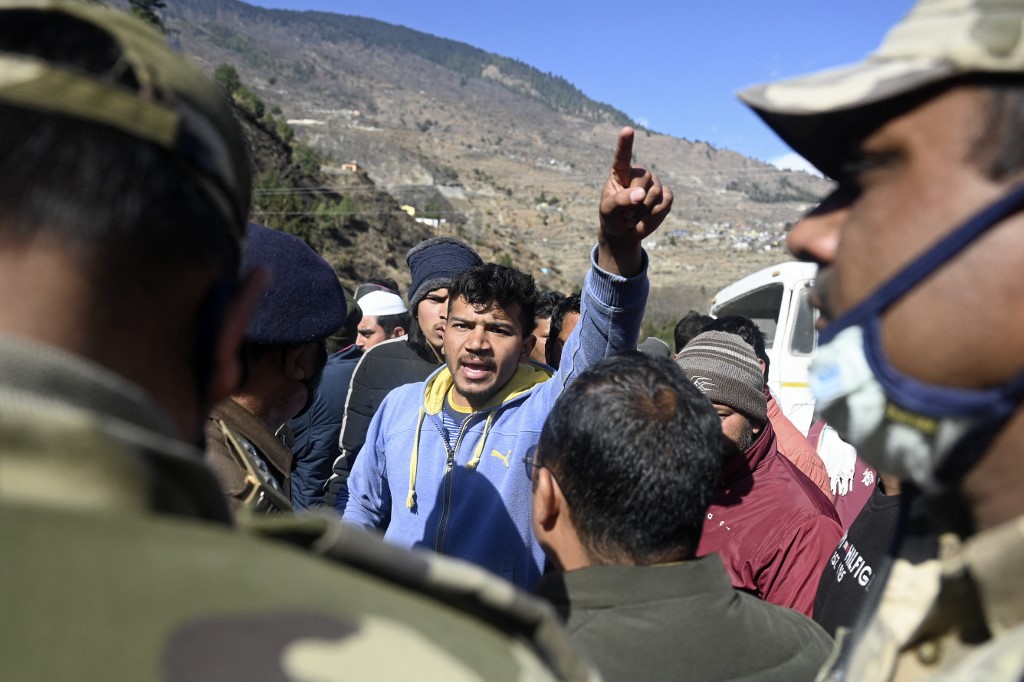
As hopes fade for the missing, the tunnel operation has made slow progress — clearly frustrating desperate relatives.
“This entire rescue operation is a joke,” said Sanjay Pant, whose 24-year-old electrical engineer brother Abhishek was believed to be in the tunnel.
“We are not living in the 18th century where just one bulldozer can be used to clear tonnes of slush,” he told AFP.
“Where is our technology, where are our machines?”
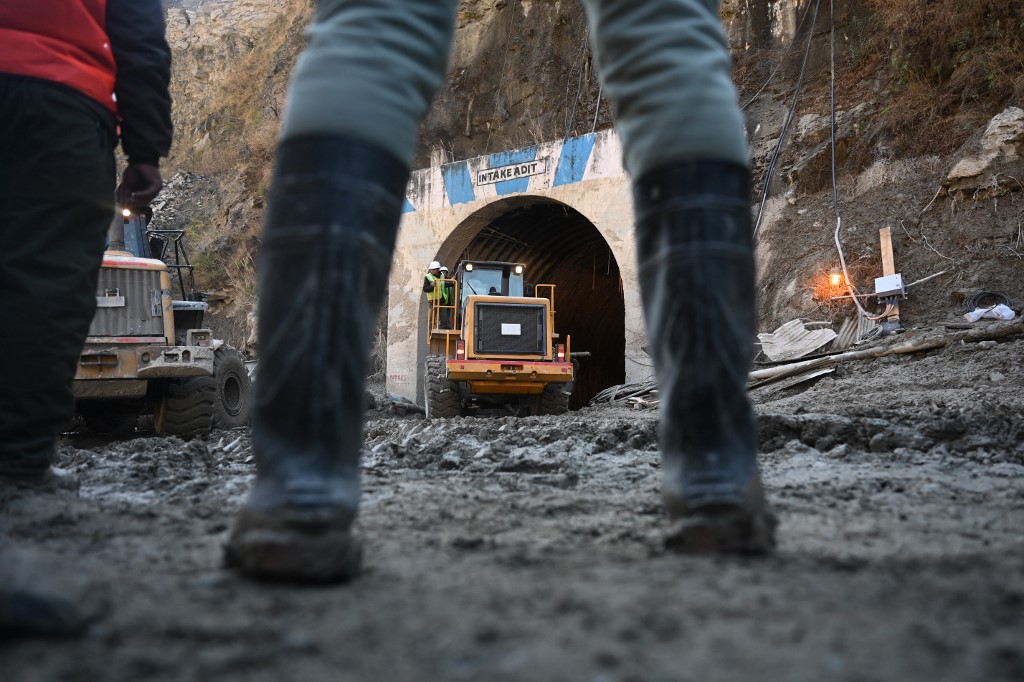
On Thursday rescuers turned to a new method, attempting to drill down into one of several side tunnels to reach the missing men, authorities said.
“This is connected to the main tunnel at a point beyond the slush and debris,” rescuer Vivek Pandy told the Times of India daily.
“We hope that the trapped workers are in an auxiliary tunnel which can be accessed.”
There have been no signs of life from the missing men — thought to number between 25 and 35 — but rescuers and relatives hope they somehow they managed to stay alive.
Global warming
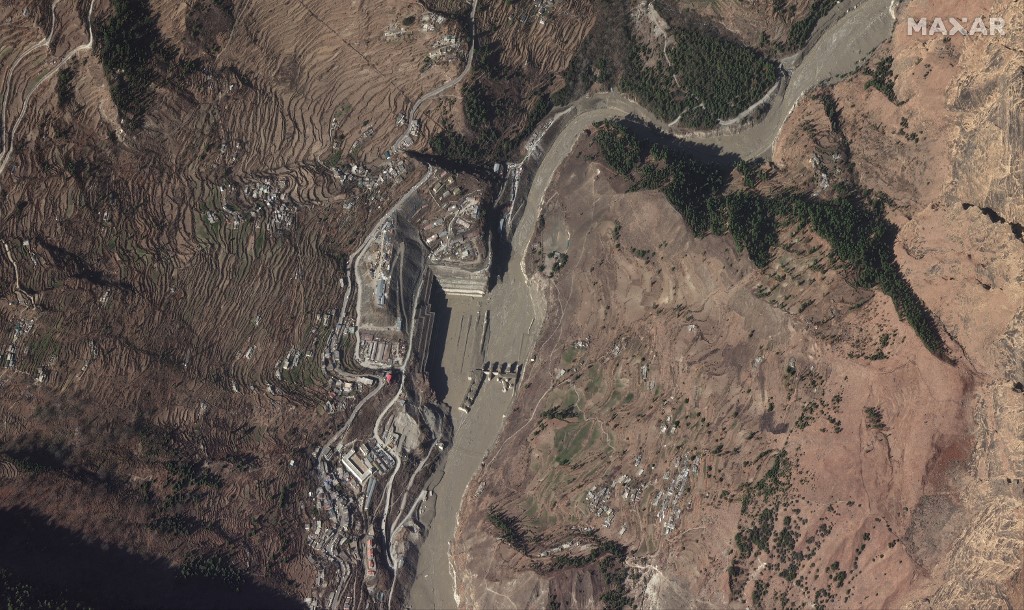
The disaster saw a barrage of water and debris hurtle down a valley at terrifying speed and with frightening power, sweeping away bridges and roads, and hitting two hydroelectric plants.
The cause of the disaster is thought to have been a chunk of glacier breaking off.
Glaciers have been melting rapidly in the Himalayan region because of global warming.
The construction of dams, dredging of riverbeds for sand, and the clearing of forests for new roads — some to beef up defences on the Chinese border, others for Hindu pilgrims — are also contributing factors.
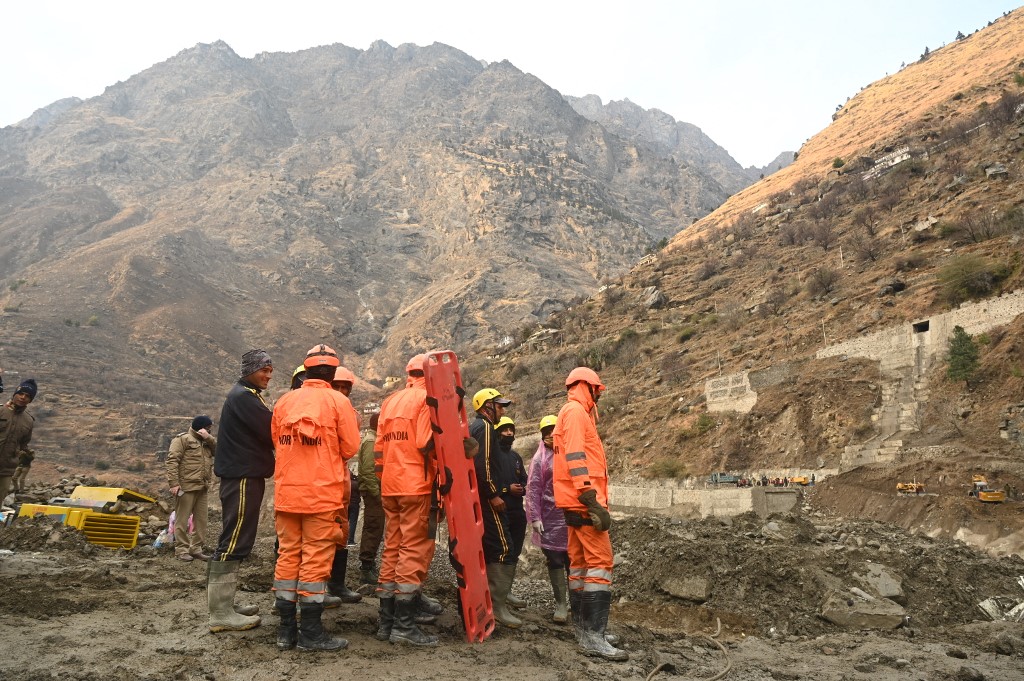
It may take days for more bodies to be recovered from under the tonnes of debris and a thick soup of grey mud.
The body of one policeman washed 110 kilometres (70 miles) downstream to a ghat — a riverside cremation ground — near his ancestral village, the Indian Express reported.
“This is the very ghat where all our ancestors were cremated,” his elder brother Anil Chaudhary told the paper.
“It’s a coincidence, but it’s God’s grace that his body found its way to the ghat of our ancestors.”
Manoj Chaudhary, 42, a head constable, was cremated on Tuesday with full state honours.
© Agence France-Presse

